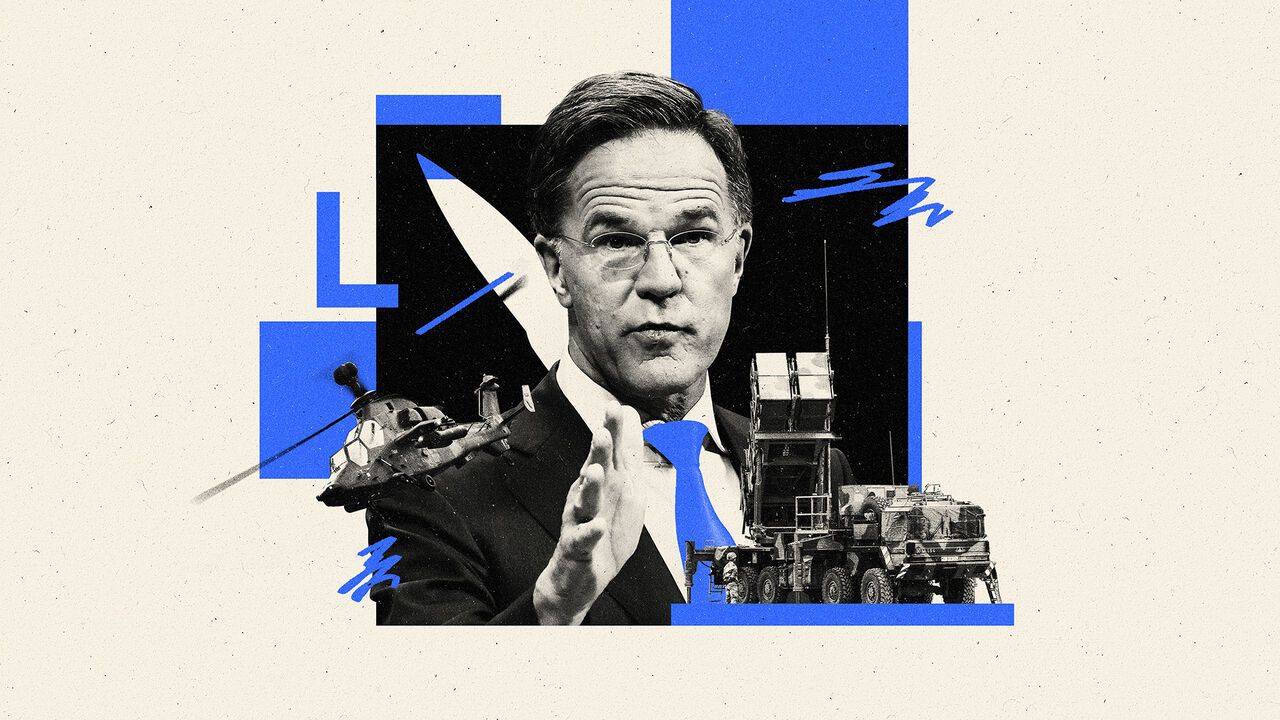Articles in this Cluster
23-06-2025
At the June 24–25 NATO summit in The Hague, the U.S. is pressing allies to lift defense outlays to 5% of GDP—3.5% for core defense and 1.5% for security infrastructure. While many members now meet or exceed the longstanding 2% goal (23 by 2024), none reach 5%, and several major economies—Spain, Italy, and Canada—lag. A draft agreement on higher spending faces immediate pushback: Spain says it will cap at 2.1% for core requirements and reject 5%. The U.K., Poland, and Germany signal intent to rise toward 5% but give vague timelines, with London reportedly seeking delays. U.S. officials, including President Trump and Defense Secretary Hegseth, want firm plans and timelines, warning vague accounting could trigger clashes. Defense firms like Saab and Leonardo urge Europe to convert pledges into long-term procurement and align requirements to scale production, noting that real capability gains depend on sustained, coordinated investment rather than headlines.
Entities: NATO, United States, The Hague, Spain, United Kingdom • Tone: analytical • Sentiment: neutral • Intent: inform
23-06-2025
The article argues NATO’s core mission—deterring Russia—now hinges on keeping the United States committed, which in turn requires European allies to spend more on defense. With rising threats and U.S. political uncertainty, Europe must set and meet a firm deadline to lift defense budgets well beyond the 2% of GDP benchmark, ramp up munitions production, and improve readiness and interoperability. Only credible, sustained European investment will share the burden fairly, reassure Washington, and ensure NATO’s deterrence remains effective.
Entities: NATO, Russia, United States, Europe, defense spending • Tone: analytical • Sentiment: neutral • Intent: persuade
23-06-2025
NATO’s 32 members have agreed in principle to raise spending to 5% of GDP by 2035—3.5% on defence and 1.5% on related areas like infrastructure and cybersecurity—aimed at countering Russia and China and reassuring the U.S., including President Trump. The pledge, driven by NATO chief Mark Rutte, is set for formal approval at a summit in The Hague. Spain, spending 1.24% of GDP on defence, resists the 5% goal and claims it need only reach 2.1% to meet core NATO requirements; wording was adjusted to “allies commit” to accommodate Madrid. The UK, currently at 2.3% with an ambition for 3% by 2034, supported a 2035 timeline, aligning increases with the next parliamentary term. The target echoes Cold War-era spending levels.
Entities: NATO, United Kingdom, Spain, Mark Rutte, The Hague summit • Tone: analytical • Sentiment: neutral • Intent: inform
23-06-2025
NATO’s 2025 summit in The Hague is unfolding amid heightened Russian aggression and a more disengaged U.S., now focused on new conflicts, including recent American airstrikes on Iranian nuclear sites. With U.S. priorities shifting toward the Middle East and Indo-Pacific, European allies face pressure to boost their own defense. New NATO Secretary General Mark Rutte urges a “quantum leap” in capabilities, calling for over 3% of GDP on defense and a massive expansion of air and missile defenses. The summit will center on higher European defense spending—potentially a 5% target—and sustained support for Ukraine, whose warfighting innovations are seen as vital to Europe’s future security. While Ukraine’s NATO membership isn’t on the table, the alliance is bracing for a post-American-guardianship era, with a brief, one-page communiqué reflecting the urgency and uncertainty of a transformed transatlantic relationship.
Entities: NATO, The Hague, United States, Iran, Mark Rutte • Tone: analytical • Sentiment: neutral • Intent: inform
23-06-2025
Canada and the EU signed a new security and defence partnership amid strained relations with the US under Donald Trump and rising global instability. At the EU-Canada summit in Brussels, Canadian PM Mark Carney, European Commission president Ursula von der Leyen, and European Council president António Costa pledged deeper cooperation on defence, cybersecurity, maritime and space security, arms control, and support for Ukraine. The pact opens the door for Canada to join EU joint procurement under the €150bn SAFE defence fund, pending technical agreements. Carney framed the deal as part of diversifying alliances and accelerating Canada’s defence capabilities, as Canada remains below NATO spending targets. The partnership mirrors recent EU pacts with the UK, Norway, and Japan, and sits alongside the EU-Canada CETA trade deal, which remains partially unratified in several EU states.
Entities: Canada, European Union, Mark Carney, Ursula von der Leyen, António Costa • Tone: analytical • Sentiment: neutral • Intent: inform
23-06-2025
NATO leaders are meeting for a pivotal summit that could either strengthen alliance unity around a new defense-spending pledge or expose deeper divisions. Secretary-General Mark Rutte had signaled optimism that European members and Canada would agree to match the U.S. in tying defense outlays to economic growth, but the outcome remains uncertain. The gathering, attended by President Donald Trump, comes amid heightened global tensions and ongoing debates over burden-sharing, with the alliance’s cohesion and future direction at stake.
Entities: NATO, Mark Rutte, European members, Canada, United States • Tone: analytical • Sentiment: neutral • Intent: inform
